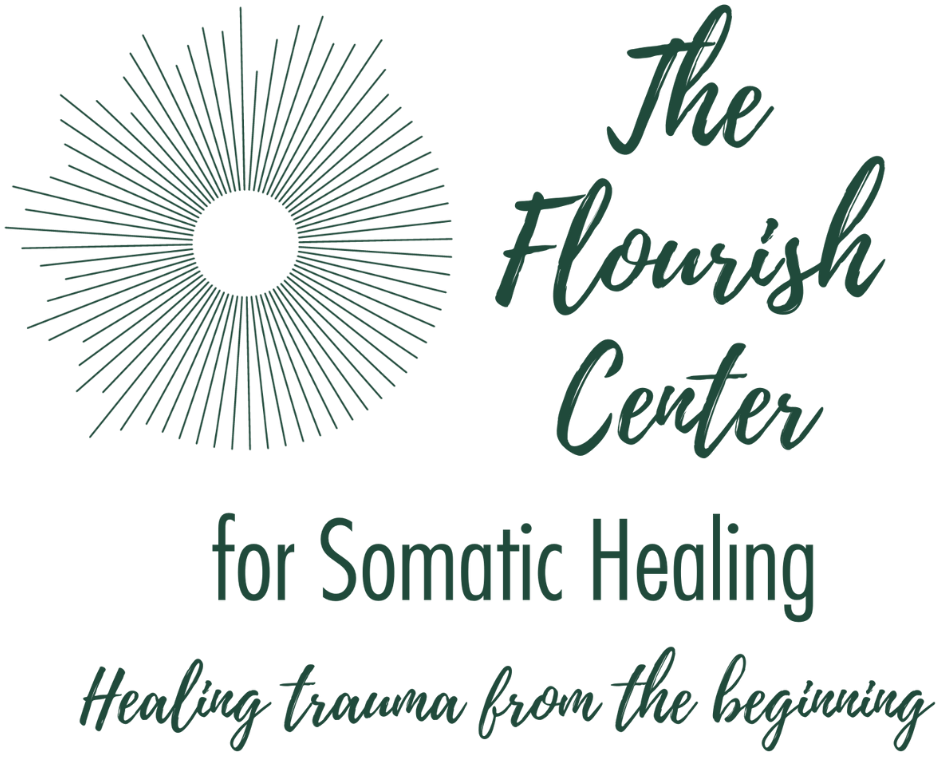
There was a moment—after the crash, after the shock, after the nights I lay awake in burning pain—when I truly thought my life was over. Not in the literal sense. I was alive. But the life I had known, the one where I could move freely, have conversations, ride in a car, watch TV, or simply be in the world without agony—that life had vanished.
I was bed-ridden for six long months. My nervous system was on fire. Every sound, every flicker of light, every small jolt felt like an attack. I couldn’t hold a conversation without becoming overwhelmed. I couldn’t ride in a car without panic surging through me. I couldn’t even watch the TV to distract myself—my body wouldn’t allow it. I had developed dysautonomia, a condition where the autonomic nervous system malfunctions. My body’s basic functions—heart rate, digestion, temperature regulation, stress response—were no longer automatic. Everything was off-kilter. And no one could give me real answers, only prescriptions that didn’t work and blame making me feel I was being dramatic or faking it.
I felt invisible inside my pain.
Then, I found somatic therapy.
It wasn’t instant. It wasn’t a miracle in the cinematic sense. It was quiet, slow, tender. But it was the first thing that met me where I actually was—not where I “should” be, or where the medical system expected me to be. Somatic therapy didn’t ask me to explain everything with words when I had none left. It invited my body into the healing process, gently and respectfully.
We started with breath. Touch. Grounding. Noticing sensations—without judgment. I learned to track the subtle shifts of energy inside me, to follow the glimmers of safety in a sea of dysregulation. My nervous system began to soften. Little by little, I started to feel connected again—to my own body, to the earth, to the moment. And slowly, the pain began to fade.
One day, I rode in a car without flinching. Another day, I laughed at something on TV. Eventually, I held a long conversation with a friend without needing to lie down afterward. These might seem like small things. But for me, they were miracles.
Somatic therapy didn’t just end my pain—it gave me my life back.
It brought me back from the brink when I wasn’t sure I would ever work again, walk again, feel joy again. It made me feel human when I had been reduced to a bundle of symptoms. That is why I became a somatic therapist. Because I know what it is to be shattered. And I know the power of healing that begins not with fixing, but with listening—deeply, reverently—to the wisdom of the body.
If you are in pain, if you feel broken, if your nervous system is screaming and no one seems to understand—please know: healing is possible. Your body holds a story it’s still trying to tell. Somatic therapy gave me the tools to listen. And in listening, I found my way home. Let us help. Book now.

